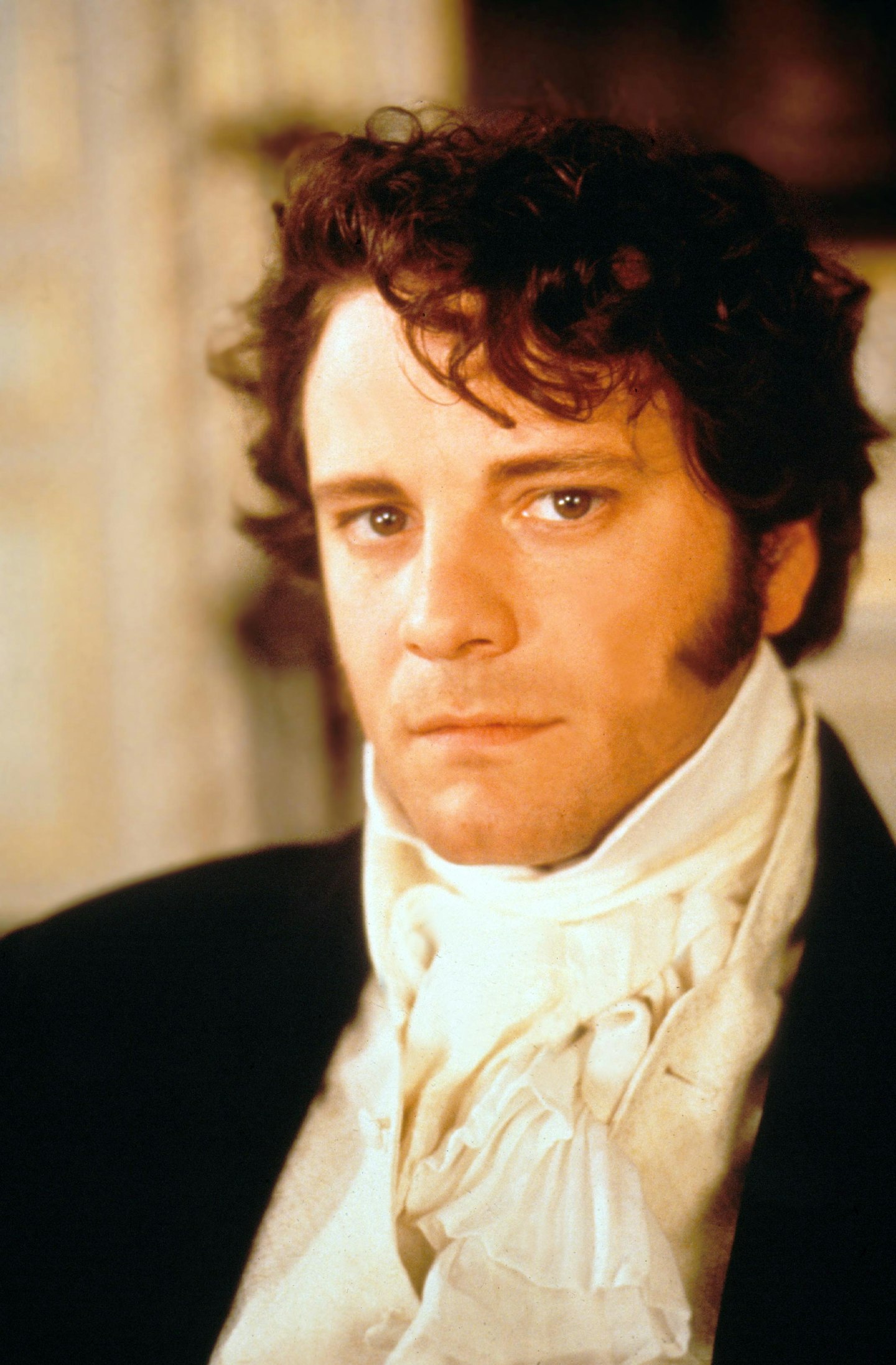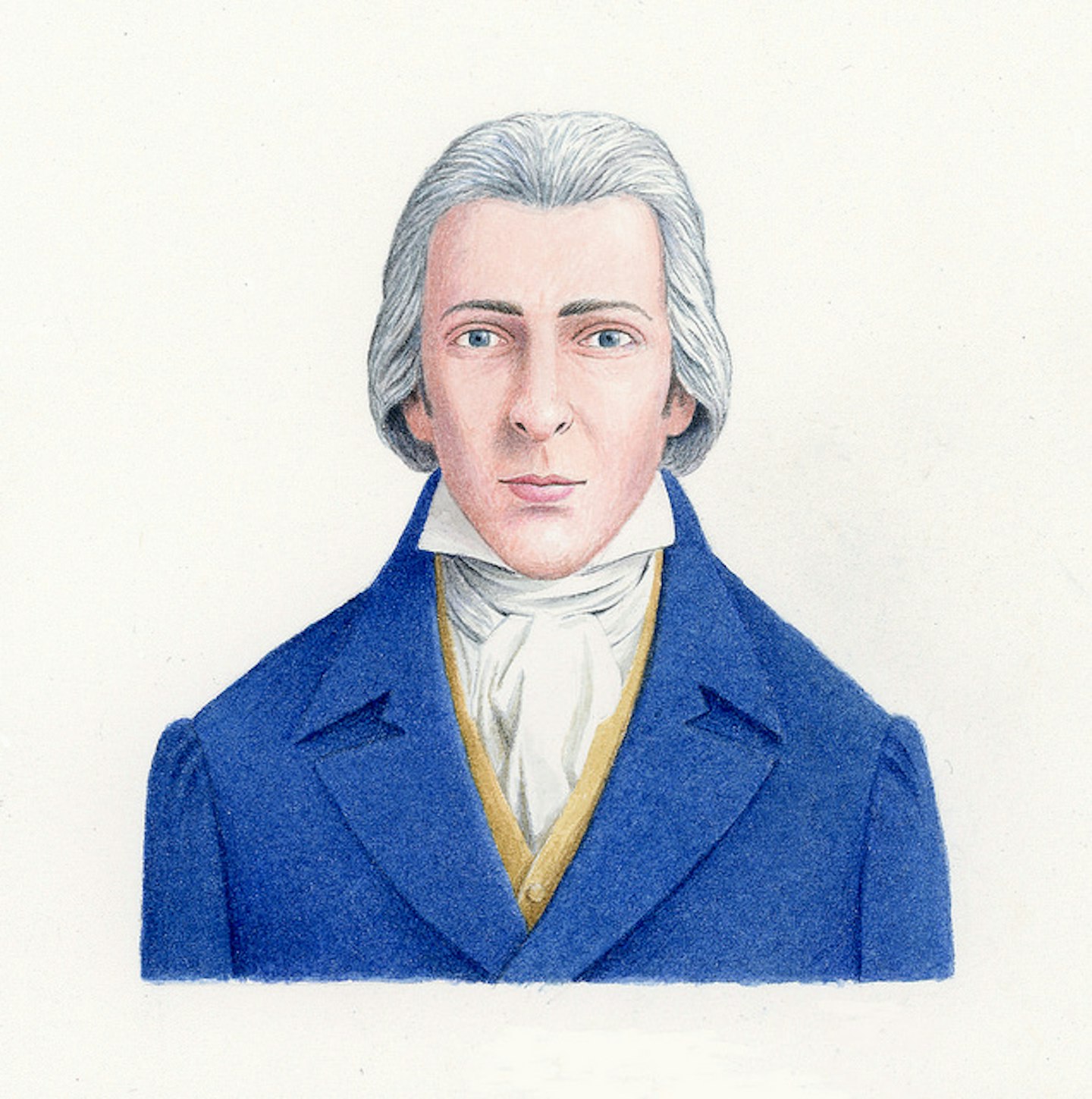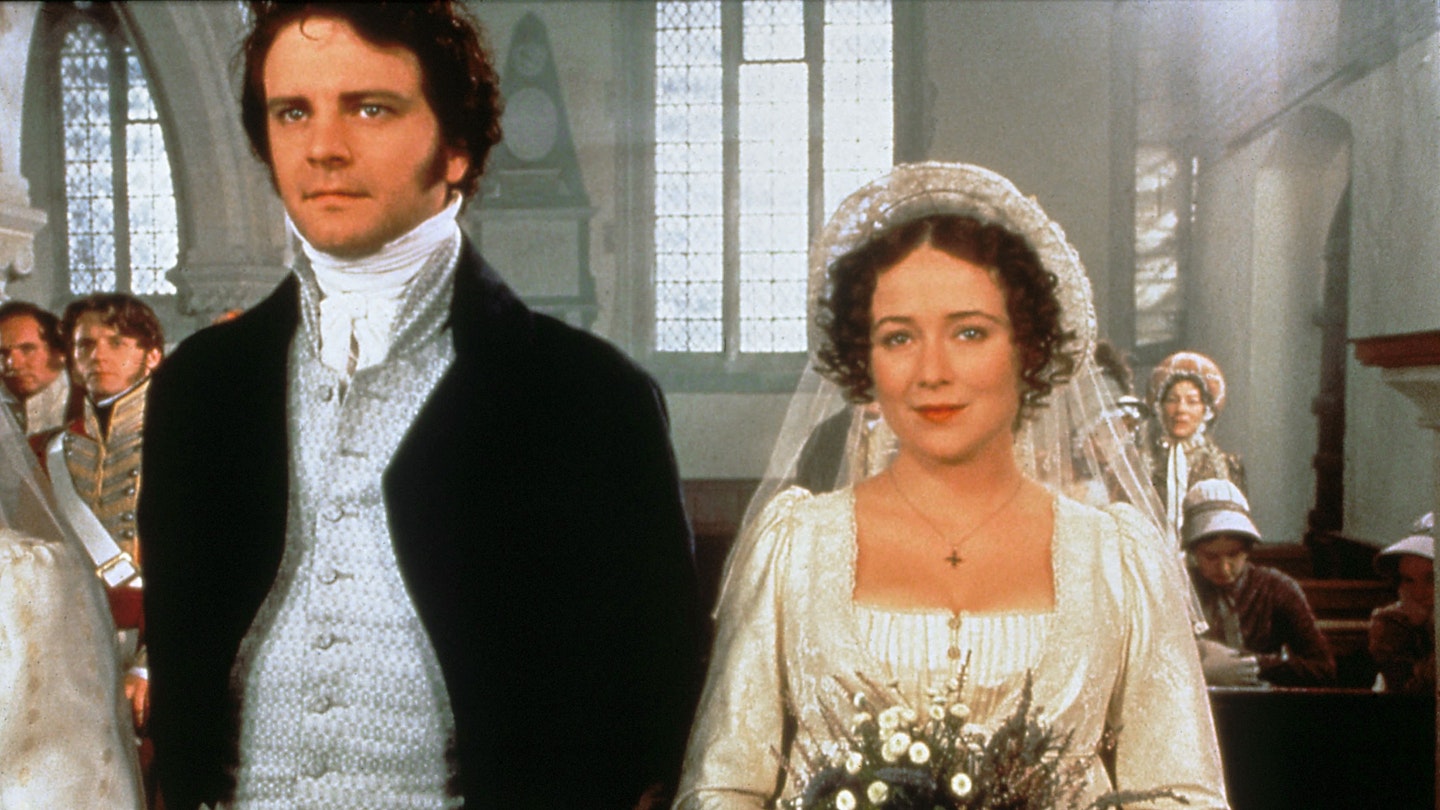Pride and Prejudice’s Mr Darcy is arguably one of the best loved romantic heroes in literature, a reputation that’s only been cemented by Colin Firth’s portrayal of the handsome, aloof character in the BBC’s TV adaptation. Think of Austen’s creation and the immediate image that springs to mind is probably Firth glowering in a ballroom, or emerging from a casual dip in the lake at Pemberley.
However, according to new research conducted by TV channel Drama and led by a team of Austen experts, the real Mr Darcy couldn’t have looked more different to Firth. Instead of being tall, dark and handsome, the Darcy of Austen’s day would have been, short(er), grey and pointy of face.
John Sutherland, Lord Northcliffe Professor of Modern English Literature at University College London, and Amanda Vickery, Professor of Early Modern History at Queen Mary University, investigated Austen’s personal life and relationships in an attempt to pinpoint the men who might have inspired Darcy. They also considered the qualities considered attractive in the late 18th century, and the socio-economic and cultural factors that would impact upon Darcy’s appearance and lifestyle.

Their findings? Darcy would have had powdered white hair, a long face with small mouth, pointy chin and long nose, slender, sloping shoulders, muscular legs and a height of five foot 11 inches, in comparison to Firth’s height of six foot two inches and Matthew MacFadyen (who played the character in the 2003 film)’s six foot three.
You can even check out an artist’s impression of Darcy in all his glory…

If the real Mr Darcy isn’t sounding quite as appealing as our version, it’s largely thanks to the changing ideal of what is considered attractive.
‘As Austen wrote Pride and Prejudice in the 1790s, our Mr Darcy portrayal reflects the male physique and common features at the time. Men sported powdered hair, had narrow jaws and muscular, defined legs were considered very attractive,’ Professor Vickery explains. ‘A stark contrast to the chiselled, dark, brooding Colin Firth portrayal we associate the character with today.’
READ MORE: Literature's Great Romantic Heroes Ranked In Order Of Dating Potential
